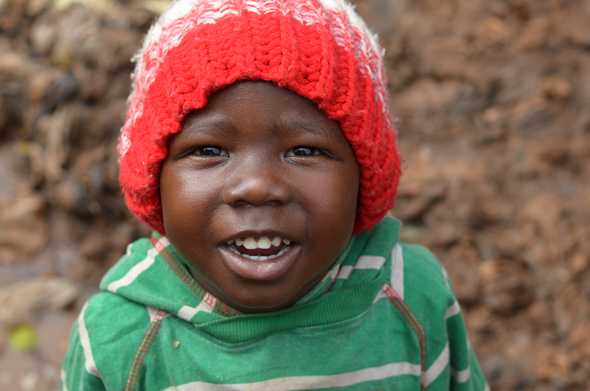CDC in Kenya: Why We're Here

CDC Kenya’s mission is to protect and improve health in Kenya and the region through science, policy, partnership, and evidence-based public health action. In Kenya, where over 43% of the population lives in poverty, health challenges include high maternal and child mortality and a high burden of infectious diseases such as HIV, tuberculosis, and malaria. In this context, CDC Kenya works in close partnership with the government of Kenya and other local, national and regional partners to address the burden of disease in Kenya and improve its health systems.
Building public health capacity in partner countries, improving health security globally, and collaborating with partners to impact the health and wellbeing of people around the world is an exceptional investment.
CDC's Impact in Kenya
- Page last reviewed: May 10, 2016
- Page last updated: May 10, 2016
- Content source:
Global Health
Notice: Linking to a non-federal site does not constitute an endorsement by HHS, CDC or any of its employees of the sponsors or the information and products presented on the site.


 ShareCompartir
ShareCompartir